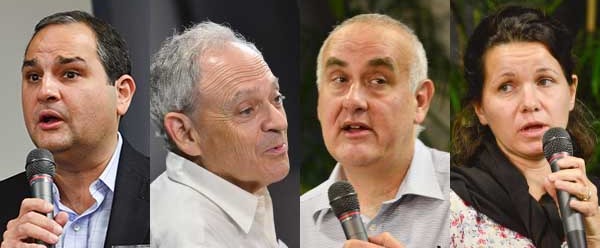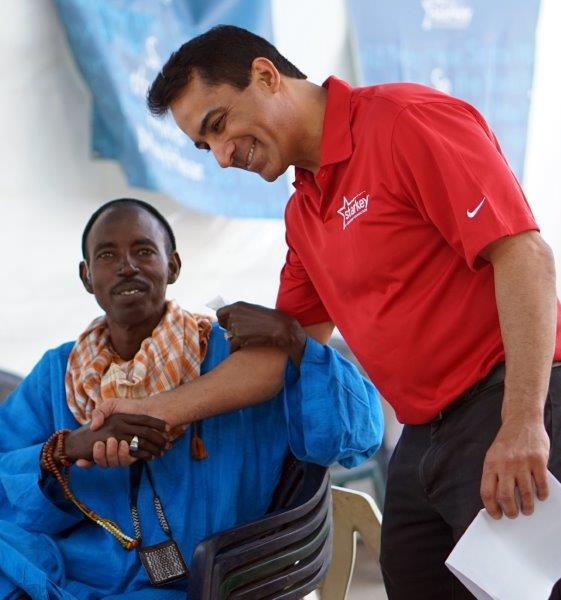Starkey Halo
On March 31, Starkey introduced a hearing aid that is compatible with the iPhone, iPod touch, and iPad. In keeping with current technology trends they offer the ability to stream phone calls, FaceTime, music, and more directly to their hearing aid using Bluetooth. Users have the ability to control the device through the app (TruLink) or manually. Many hearing aids on the market have had the ability to work wirelessly, but they require a secondary device. Since this is often something that had to be worn around the neck many individuals find it more cumbersome than it’s worth. The Starkey hearing aid does not require any complicated set up or additional devices, making it easier to take advantage of all the features.
In addition to streaming phone calls and music, this hearing aid also has some additional features that make it a top-of-the-line product. They have improved the audibility of high-frequency sounds (like women’s and children’s voices) by lowering the frequency, they’ve developed a state of the art feedback canceller to eliminate buzzing and whistling, they provide sound compression technology to differentiate soft and loud noises, and the device has advanced noise reduction to make speech easier to hear in congested environments. In addition, the app has many different settings to allow for more adjustments and personalization than most hearing aids on the market.
The interface is intuitive and quick to use, giving users the flexibility they need to adapt to new situations. Individuals that have experienced hearing loss report that their hearing is back to “normal” and they can hear parts of conversations they would have missed otherwise. Users can use their iPhone as a microphone to stream sounds directly to the hearing aid as well. An example would be trying to hear a conversation in a noisy restaurant. You can use your iPhone to amplify the conversation you want by placing it closer to the people you want to hear and you can even disable the ear-level mic to block out ambient sounds.More great features include the ability to have Siri read your emails and texts to you, a “find-my-hearing-aid” feature to located misplaced hearing aids, and personalized geo-tags and settings based on coordinates. These geo-tags allows you to set hearing preferences for up to 20 locations of your choice.
The Starkey Halo hearing aids are available through your hearing care professional only, but the app is free to download from the app store.





